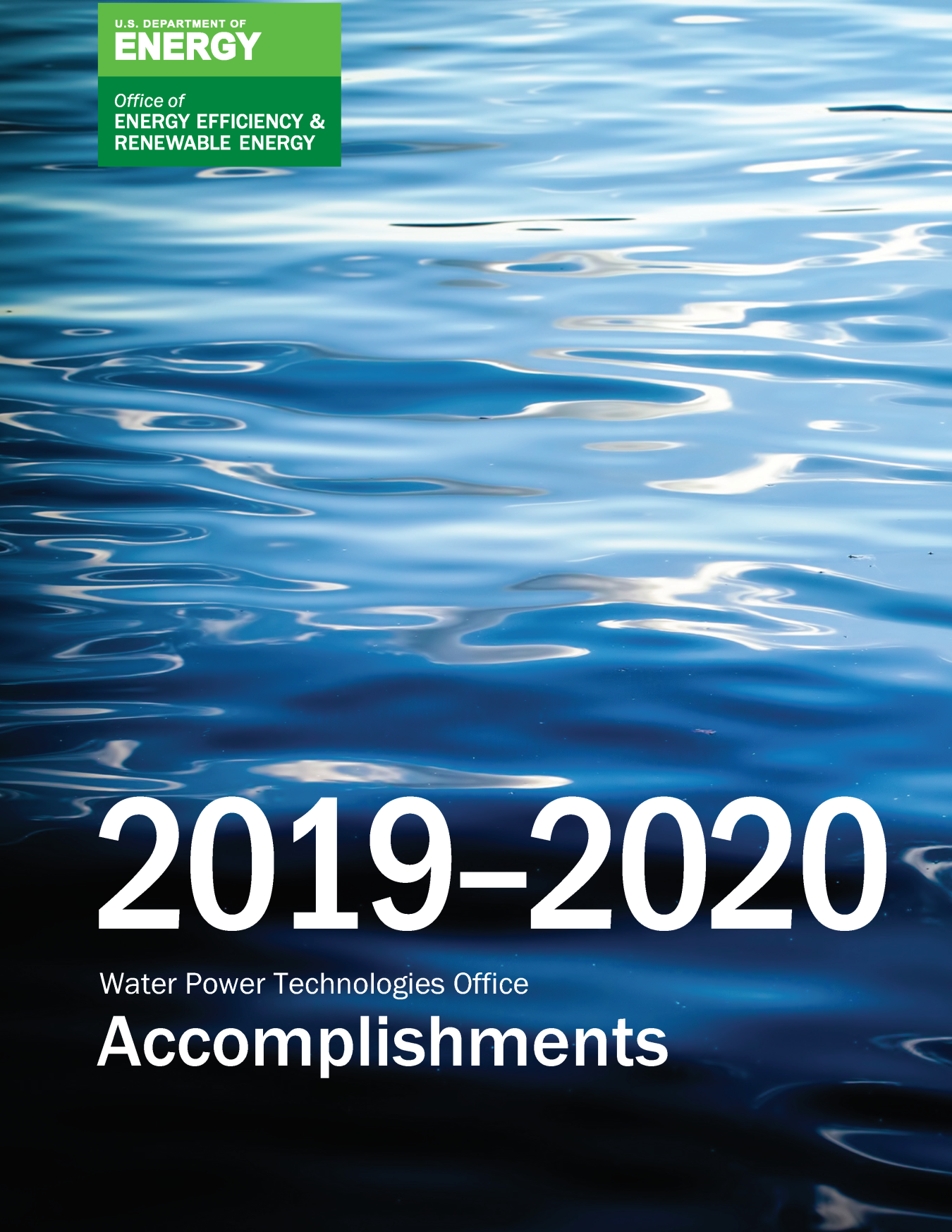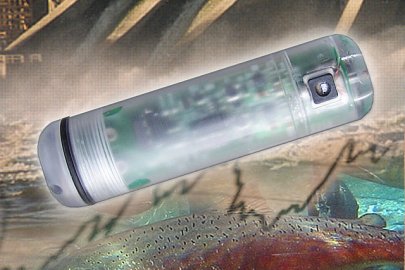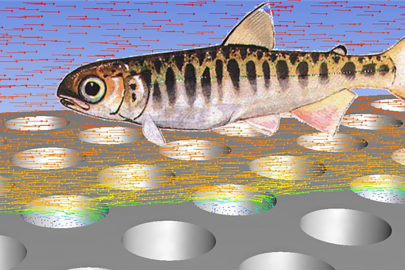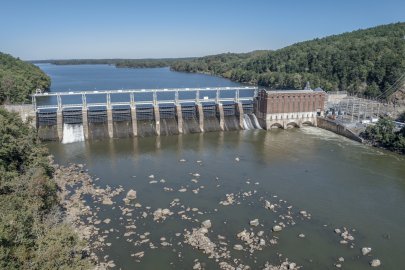In 2020, three winners were selected for the Fish Protection Prize, a competition soliciting ideas to protect fish from water infrastructure.
Water Power Technologies Office
January 13, 2021On September 25, 2020, WPTO and the Bureau of Reclamation selected three winners for the Fish Protection Prize, a three-staged competition designed to inspire innovators to develop solutions to keep fish away from water diversions and intakes. From employing air bubbles and netting systems to using sounds and pulsating light, competitors offered and developed a wide range of new solutions, designs, and strategies to improve fish exclusion technologies, decreasing the numbers of entrained fish from river and canal diversions, diversion pipes, and intakes at hydropower plants. The prize was a joint effort between WPTO, the Bureau of Reclamation, NREL, and PNNL that engaged 20 innovators through multiple competitive stages, resulting in three winners sharing a pool of cash prizes and in-kind support to make their technologies ready for market. This effort was informed by the initial Fish Exclusion Prize—a competition administered by the Bureau of Reclamation that focused on early-stage concepts—and is one of several American-Made Challenges competitions designed to spur U.S. entrepreneurial leadership in energy innovation and domestic manufacturing.
When the flow of water moves fish into pipes and dam intakes, fish become separated from their natural habitat, impacting native populations, threatening biodiversity, and impeding recovery efforts for threatened and endangered species. Launched in January 2020, the Fish Protection Prize inspired innovators to compete for $700,000 in cash prizes and national lab voucher support, drawing in experts from academic and industry backgrounds to develop innovative ideas to enable improved fish passage outcomes.
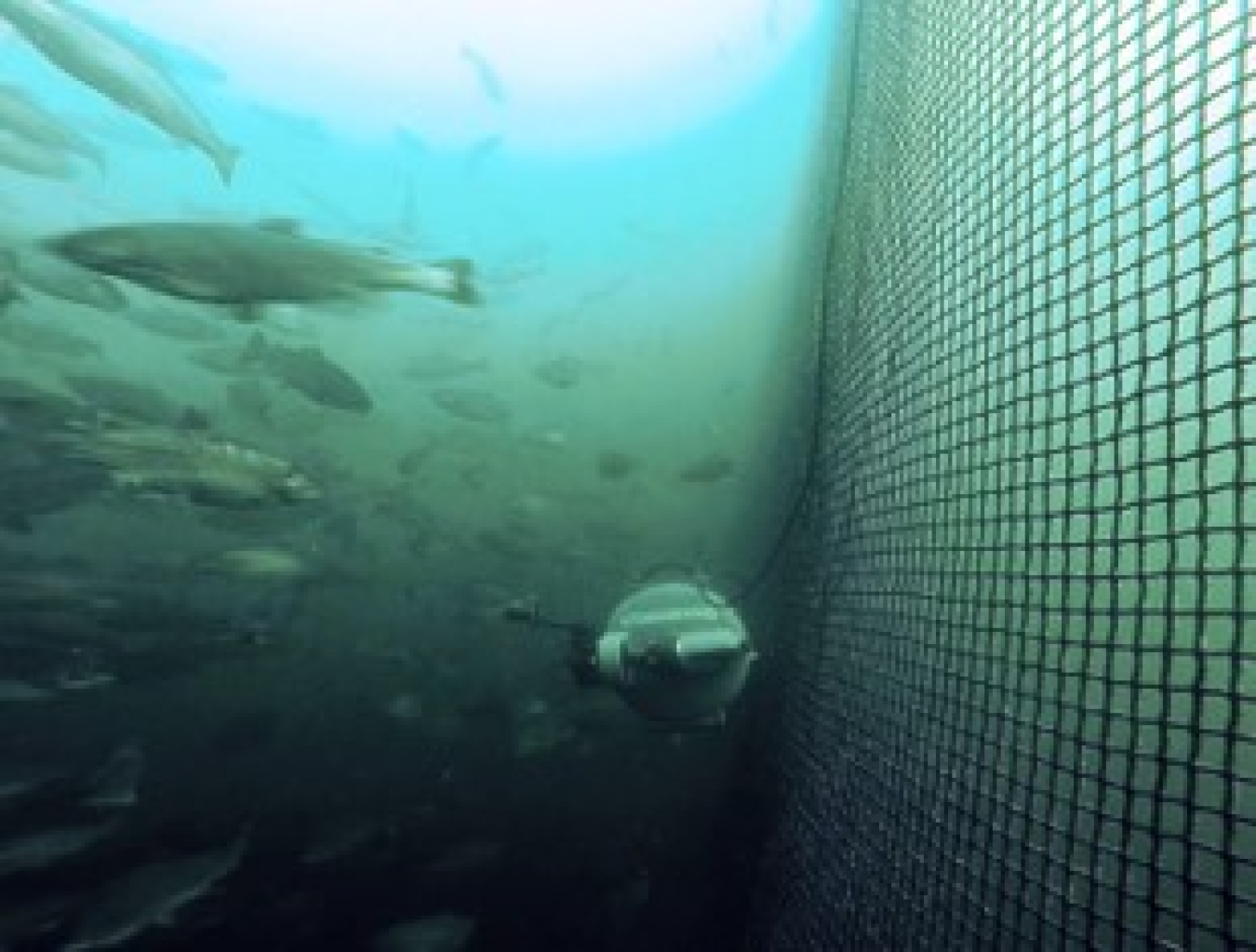
The one-year, three-stage prize began with a 90-day CONCEPT round, in which competitors proposed an idea for cost-effective fish exclusion at water diversions and intakes. The subsequent INCUBATION stage spanned 90 days, wherein winners were paired with PNNL and received up to 50 hours of technical assistance. During the PITCH contest, the final stage of the prize, competitors presented their refined innovations to a live, virtual audience at the annual meeting of the American Fisheries Society.
Nine teams participated in the PITCH contest, presenting their concepts and the technical and market feasibility of each, as well as their overall R&D plans. Out of these nine teams, three winners were selected. The prize-winning teams, receiving both cash and voucher support from PNNL, included the following:
- Grand prize: Benjamin Mater of Alden Research Laboratory and Charles Coutant, Making a Deal with the Devilfish: Biometric-Informed Screening Technology, An efficient new bar shape for fish exclusion screens inspired by filter-feeding fish. To be developed using computer models and a lab flume.
- Second place: Nicholas and Kenneth LaBry of Prometheus Innovations LLC, Fish Diversion Material & Inspection Improvements, which includes improving current fish diversion implementations by developing acoustically sensitive materials to facilitate easier inspection. Improvement of current fish diversion implementations by developing acoustically sensitive materials to facilitate easier inspection.Improvement of current fish diversion implementations by developing acoustically sensitive materials to facilitate easier inspection.Improvement of current fish diversion implementations by developing acoustically sensitive materials to facilitate easier inspection.Improvement of current fish diversion implementations by developing acoustically sensitive materials to facilitate easier inspection.
- Third place: Sterling Watson and Abe Schneider of Natel Energy, The Center Sender, which is a physical or combined physical/electrical device designed to guide fish to the safest path through a hydropower intake or water diversion.
The three winning teams will use the prize pool and additional support from PNNL to advance their concepts through fall 2021 in hopes of bringing their technologies to market. More information about the prize, participants, recent updates, and supporting analysis can be found at herox.com/FishProtection.
For additional information, contact Al LiVecchi.


